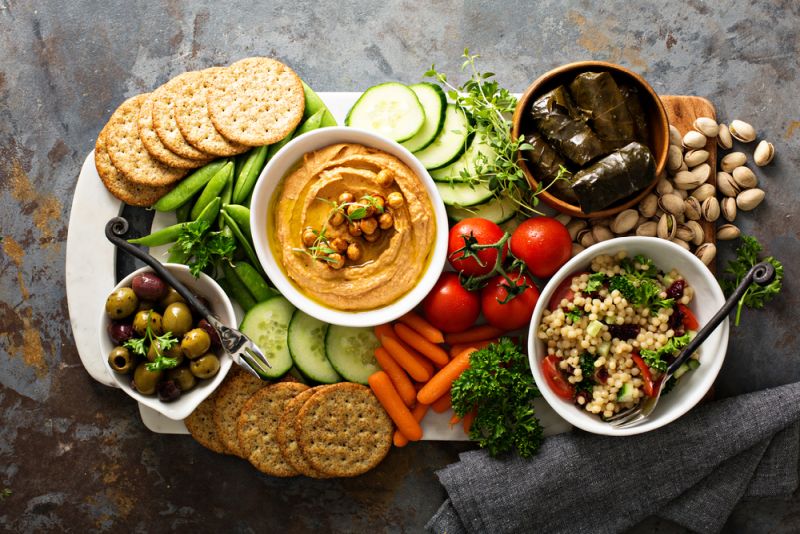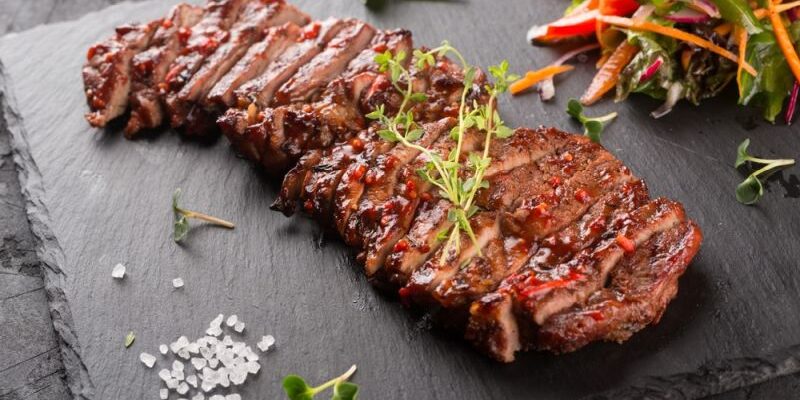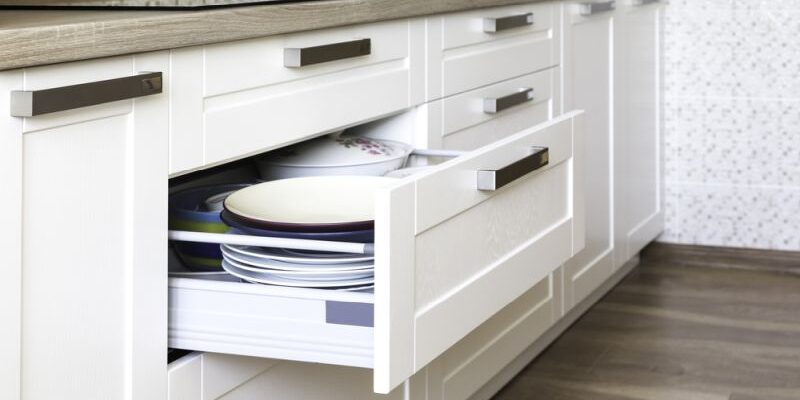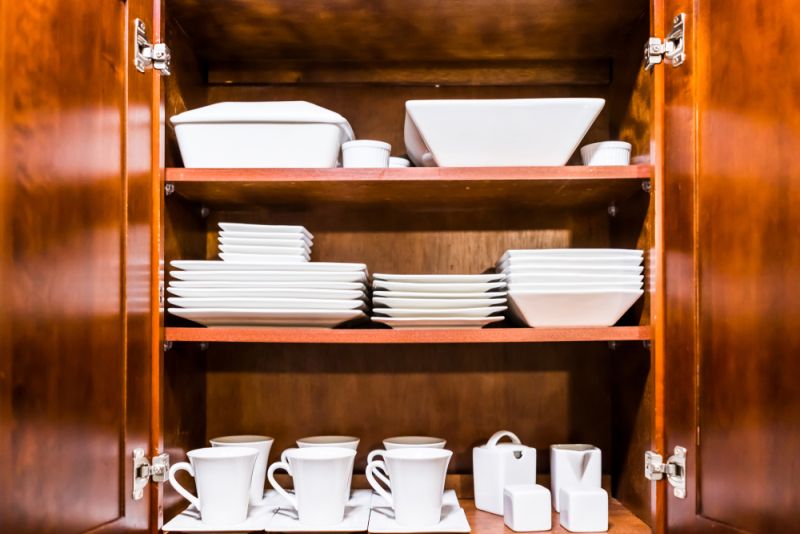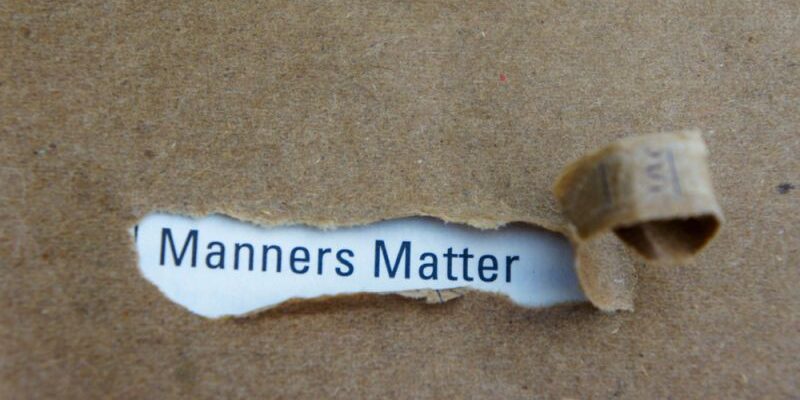Proper table etiquette is an essential skill, whether attending a formal dinner party or simply enjoying a meal with your family.
Not only do manners help the event go smoothly, but they also ensure that all guests – yourself included – have a pleasant experience.
While it is best to start early, it’s never too late to brush up on etiquette essentials. These teaching table manners activities, split into age groups, can help diners of all ages feel more confident during social meals.
Teaching Table Manners Activities for Kids
One of the first lessons we learn as we transition from infant to toddler is to say “Please” and “Thank you.”
Those phrases are an excellent jumping-off point for teaching table manners activities for kids that guide them on maintaining decorum while seated for a meal.
As you’re teaching your child table manners, remember that it’s a marathon rather than a sprint. Start with simple rules, such as chewing with your mouth closed, avoiding crude conversations, and using silverware instead of their fingers.
Over time, you can try more complicated activities, such as place setting and maintaining proper posture.
Monkey See, Monkey Do
Children learn by watching what their parents do, so turn their penchant for imitation into a teaching tool.
During Monkey See, Monkey Do, you will demonstrate proper table manners and have your child mimic your behaviors.
How It Works
- Choose when to do the activity. You should opt for a low-stress day with time for an extended lunch. Be sure your child is not cranky or sleepy. Otherwise, you risk the activity turning into a battle of wills.
- Sit both you and your child down at the table with your meal. Explain that you will play a game where they copy what you do as you eat.
- Demonstrate exemplary table manners throughout the meal, going so far as to “overact.” This will help your little one see the nuances and aid in a fruitful discussion.
- As your child mimics you, offer praise when you get it right. Be explicit in what they did well at the moment. For example, if they sit up straighter because you sat up straighter, say, “Thank you for maintaining good posture at the table.”
- As you go through the activity, ask questions that guide your child towards noticing particular habits. You might ask:
- What do you see about how I’m chewing?
- What is the difference between how I’m sitting and how you are sitting?
- Am I using my fingers or using my silverware?
- How loud is my voice?
Visual Reminders
Do you have a mini Van Gogh in your household? Ask them to help you make a series of posters to hang around the dining room that acts as table manners visual aids.
Alternatively, you can make and print your own. The key is not how they are made but rather that your child can see them during meals and, hopefully, self-correct poor manners before an adult has to.
Sticker Rewards
Bringing children to restaurants can feel more like a chore than a fun family experience, but you can turn practicing table manners into a game that’s sure to help little ones mind their Ps and Qs.
How It Works
- Make a sticker chart with each child’s name and 5-6 table manners you will monitor. Good options would include saying “Please” and “Thank you,” staying in their seat, using their silverware, maintaining an “inside voice,” and chewing with their mouth closed.
- Choose a reward the child can earn if they get a sticker in each section of the chart, like picking out a dessert or watching a movie of their choice together once you’ve arrived home.
- Before you leave for your meal, review table manner etiquette. As you do so, show your children the sticker chart and explain that you’ll be watching for particular good manners.
- During the meal, reward your child with a sticker on their chart when they demonstrate excellent etiquette.
- Remember to be patient. Focus on praising good behavior and giving gentle reminders when you see poor behavior.
Teaching Table Manners Activities for Teens
As teens get older, they may confront new table manners challenges, such as cell phone protocol. It is crucial to maintain the same firm boundaries and continue guiding them in the rules of civility as they prepare to take on academic, social, and professional formal events.
Soon, your teen will venture out to more professional and formal social settings where their hosts and other guests will expect them to practice the tenets of good table manners.

Host a Just-for-Fun Dinner Party With Friends
Invite your teen and a few of their friends to an all-out formal dinner party, complete with
a fancy dress code.
During the meal, encourage them to practice having appropriate conversations, passing food around the table, and cell phone etiquette, which means leaving their device in a separate room or keeping it away from sight.
One of the most crucial tenets of good etiquette for this age group is helping the host clean up. As the meal is wrapping up, let the party know that you would appreciate a hand in tidying, and ensure that everyone does their fair share.
Play Manners Charades
This one might elicit a few groans, but this teaching table manners activity is fun if your teen is willing to participate.
Not only is this sure to get the whole family giggling, but the kinesthetic aspect of the activity helps build better brain-body connections, increases engagement, and improves critical thinking skills.
How It Works
- Start by making a list of bad manners and good manners on small pieces of paper. Fold the slips up and place them into a basket.
- Split your family into two teams.
- Each team takes a turn acting out the card. Encourage them to be as dramatic and over-the-top as possible.
- When a team can guess their card correctly, they score a point.
Role Reversal
This activity will be a ton of fun, especially for teens who feel like they’re constantly being fussed over and corrected during meals.
Role Reversal is a great way to assess what they see as excellent vs. poor table manners, and it helps make them more aware of what particular examples of poor etiquette look like.
How It Works
- Tell your teen that you are going to play Role Reversal during dinner. They will be the “parent,” and you will be the child.
- Instruct them to gently correct your bad table manners and praise your good table manners throughout the meal.
- Intentionally fluctuate between demonstrating poor manners and showcasing excellent etiquette. As you dine, keep a mental checklist of the behaviors your teen didn’t notice or didn’t comment on.
- As you clean up the table together, chat about what they saw or didn’t see, how those poor manners might manifest during a more formal setting, and how they can politely gracefully self-correct improper etiquette should they slip into an old habit.
Teaching Table Manners Activities for Adults
Even as an adult, it’s easy to slip up during cocktail parties, business brunches, or even family meals.
If you’re worried about proper etiquette for an upcoming event or simply want to stay on top of best practices, these teaching table manners activities for adults can help you remain cool, calm, and collected.
Refresh Your Knowledge
Most adults have some working knowledge of basic table manners. Still, understanding more complex social or professional meals can be the difference between making a great impression or making other guests uncomfortable.
This is particularly true if you travel for work or pleasure, as other cultures often have different expectations for meal etiquette than we have in the United States.
For example, in France, your host would think you incredibly rude should you offer to split the bill, while Japanese culture encourages slurping your foods.
Start by refreshing your knowledge of good table manners, including how to pass food around, appropriate portion sizes, and the different parts of a place setting.
You may also consider reading a book on etiquette, such as The Etiquette Book: A Complete Guide to Modern Manners by Jodi R.R. Smith or The Rituals of Dinner: The Origins, Evolution, Eccentricities, and Meaning of Table Manners by Margaret Visser.
Practice with a Table Setting Cheat Sheet
The proper table setting is critical when you’re ready to host your own semi-formal or formal dining event.
There are rules you should keep in mind, depending on the type of gathering, be it a cocktail party or a welcoming meal for new neighbors.
Even choosing the proper cheese knife can be the difference between a natural, easy meal service and an awkward fromage faux pas.
To ensure your dinner goes smoothly, use a table-setting cheat sheet to practice your dish placement and ensure you have all the tableware you need to host effectively.
Once you’ve planned and audited your dining set, lay out the entire spread with serving dishes. Adjust as necessary, putting enough space between diners and tableware so no one feels overcrowded.
When your table is up to par, snap a few photos and refer back to them as you put your table setting skills to good use on the day of the event.
Try Your Hand at Napkin Folding
While not necessary for a successful formal dinner, etiquette enthusiasts may enjoy taking their learning further by learning the art of napkin folding.
YouTube is an excellent learning resource, with tutorials on everything from a simple fan fold to the whimsical bishop’s hat.
If you don’t have linens, you can use paper napkins to practice, with the added benefit of being stiffer and thus easier to handle than fabric.
Once you’ve mastered a few techniques, you can impress your guests with elegant, seasonal napkins that enhance the ambiance of your event.
Final Thoughts
Dinner table etiquette is a crucial skill, particularly if you find yourself attending many social events or hosting holiday meals. By continuing the practice and instilling table manners in your children, you are helping ensure your family’s continued reputation as a paradigm of poise and politeness.




